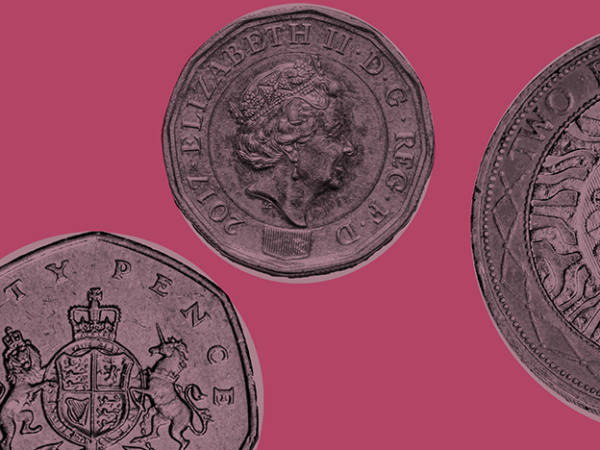A tantalising glimpse into how the housing market for the wealthiest of the wealthy operates has been revealed with the listing for sale of The Holme, a 205-year-old mansion set in four acres of land near Hyde Park. The property, which has been put on the market with a price tag of around £250mn, is likely to be the most expensive house sale in UK history, according to Trevor Abrahmsohn, managing director of Glentree, an estate agent that caters specifically for the ultrarich.
What can such a transaction teach us about the wider property market? On the one hand, comparing the sale of the world’s priciest home to run-of-the-mill flat sales is like comparing the purchase of a Van Gogh to the cost of paintbrushes. On the other hand, The Holme offers investors valuable insight into what happens as you go up the price curve.
Not surprisingly, those catering for wealthier buyers in the current housing downturn are feeling more upbeat than those catering for the less wealthy. This is true for Abrahmsohn, but also for the housebuilders that sell homes priced far above the UK average. The commonality is cash. In a high-interest-rate environment, well-heeled buyers who are less dependent on debt are still able to buy. As a result, we see better prospects for companies such as Redrow (RDW), Berkeley (BKG) and Taylor Wimpey (TW.) who sell more expensive homes than Persimmon (PSN), whose shars are is attracting a growing amount of short interest.
The forecasters agree. Savills is anticipating a 10 per cent drop in average UK house prices this year but just a 2 per cent drop for prime central London. Over the next five years, it anticipates 6.2 per cent growth for average UK house prices compared with 13.5 per cent for prime central London.
The same cannot be said for the prime commercial real estate market. In the world of offices, warehouses and retail assets, £250mn buildings are not uncommon, yet unlike luxury houses their prices are very much tied to the economy. Last week Tritax Big Box (BBOX) sold a trio of assets for £125mn in line with their 31 December value. It is hard to imagine that they will have been sold in line with their 30 June value, however, considering how the net asset value of Tritax’s portfolio cratered by over a quarter during that six-month window.
The difference comes back to the buyer. Commercial assets such as Tritax’s warehouses tend to be bought by pension funds, private equity or other real estate investment trusts that may well be dependent on debt, whereas luxury homebuyers are using their personal wealth.
Prime commercial assets can also be compared and valued in ways prime homes cannot. There are plenty of trophy skyscrapers and warehouses out there and data that can be used to calculate the rental yield of those buildings and price them accordingly, but The Holme is one of a kind. Its price boils down to its uniqueness and a recession-proof concept of what is and is not luxury. This is why we remain confident about high-end brands such as Watches of Switzerland (WSOG). The global luxury sector, once notable for its cyclicality, has demonstrated its relative resilience in recent years even when there has been an aggregate fall in demand in the wider economy











